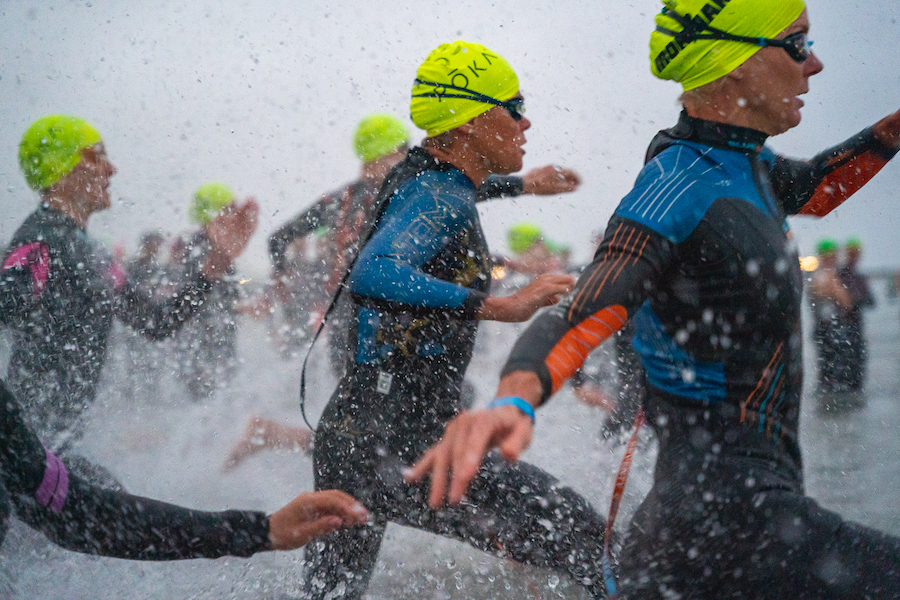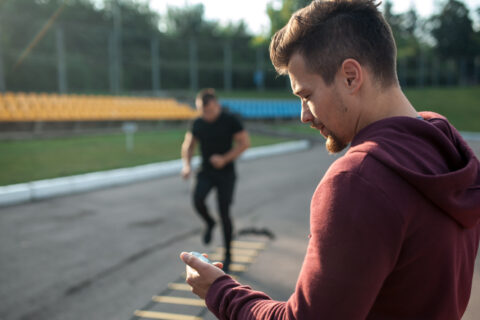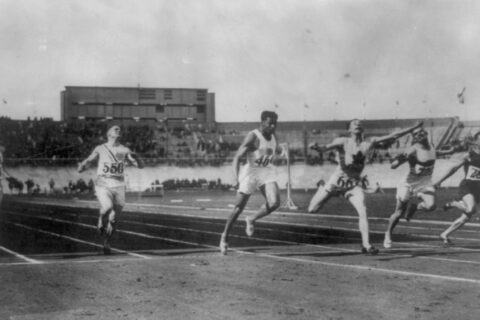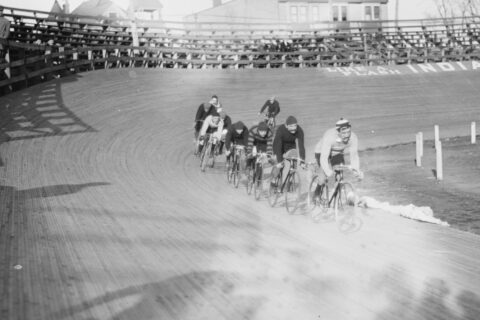Good coaches intuitively take into consideration the interactions that occur between the athlete’s body, mind, and the world around them. Regardless of whether they formally label their approach as “biopsychosocial,” these coaches know that performance depends on factors that go beyond the athlete’s physiological adaptation. Consequently, a biopsychosocial perspective informs everything they do—from the initial interviews with an athlete, to mapping a season of training, to the prescribed daily training.
As coaches, we must use the spaces that we have access to in a way that prepares athletes for the demands of a race. Naturally, this means we need to account for specific factors of the race environment, but it also extends to less tangible factors such as decision-making, enjoyment, and confidence. If the biopsychosocial approach can be adopted to great effect with the constraints that exist in an Ethiopian training program, for example, it can be effectively executed by Western coaches, regardless of whether they do extensive in-person, one-to-one or group training.
There is a tendency in Western society to focus on the biophysical elements of training and fail to consider other important influences on how athletes adapt. We start with a session that is simple and easy to understand, then we add scientific terminology to make it sound more advanced than it actually is. When I observed runners in Iten, Kenya, their training at first glance seemed simple and lacking in scientific methodology. However, watching their group drills, interactions with their coaches, and how they ran together in efforts suggested to me that their training methods were more advanced and nuanced than what I had seen when observing Western elite runners.
Get more out of the group training environment
A good example of incorporating a biopsychosocial approach to training would be this: Rather than simply prescribing a session based on training intensity, think about where it will take place, with whom, and the influence of the environment and the intensity on the behavior of the athlete. If we set out to do a swim that includes a 10 x 100 set in the pool, we might look to simulate the race environment by using a turn buoy rather than a wall. By setting the athletes off at the same time, it will help mimic race conditions and they will be able to practice sighting, get used to drafting, and practice physical contact with their competitors.
We could also prescribe work-rest ratios that provide athletes with a chance to talk between sets or allow athletes to self-select recovery. This type of connection can renew an athlete’s motivation, encourage more autonomous decision-making, and take the focus away from the intensity of the session.
I have often prioritized training sessions less on the “what” and more on the “who with.” There is evidence to suggest that focusing on others makes hard efforts feel easier. Therefore, this helps athletes push harder than if they were training alone. By training with other athletes who are at a similar or higher level, an athlete can help build confidence and divert focus from how tough the effort feels. Working with others symbiotically in relation to the training environment can often help the athlete practice what I ultimately want them to achieve on race day.
Change the physical training environment to boost the biopsychosocial benefits
Group training can be positive but it’s not always possible, or even essential. We might also think about how we can use specific places to produce specific stimuli or change the athlete’s training environment to produce a desired training adaptation.
If I had an athlete who was struggling with discipline in maintaining appropriate intensity, then I may suggest they train in a less controlled environment such as an off-road trail, focusing on rate of perceived exertion (RPE). To maintain a steady effort on trails the athlete may have to walk on steep hills, run faster on downhill, and think more about foot placement. Depending on the goal of the session, it may mean training very early in the morning or during the hottest part of the day.
I also prescribe sessions in which I ask athletes to pack a rucksack and go and do their long run in the hills for the day without any data. There’s plenty of evidence to suggest that nature can have substantial benefits on psychological well-being. It takes confidence to not worry about not having numbers to evaluate the session afterward. Many coaches might do something like this for an athlete, not always recognizing the added biopsychosocial benefits.
Returning to the Ethiopian model, the athletes do sessions where they run through trees, not on a defined path, simply following the runner in front. This changes how they mentally engage with the task. Arguably, this will help develop the physical bandwidth to be able to change pace and develop physical resilience too. For example, varied surfaces, such as tarmac, grass, or sand, load the limbs in different ways. This develops proprioception and ultimately builds stronger bones and muscles. It encourages athletes to engage in the training in a dynamic way, providing a break from the monotony and maybe even a fun workout, all of which adds to the biopsychosocial elements of training.
When Michael Crawley returned from Ethiopia, he changed up his routine run around the perimeter of Edinburgh’s The Meadows Park, and instead began running in wiggly lines over the entirety of the park. Curious, I decided to do the same. My focus completely changed away from the data on my wrist to the surfaces under my feet. It became easier for me to maintain the appropriate pace on low intensity runs (largely because I was no longer distracted by the data on my GPS), time passed more quickly, and fatigue seemed reduced.
Maximize the biopsychosocial component of the virtual environment
While we may not always think about it in such ways, biopsychosocial elements are present in all sessions. We just need to learn to maximize the benefits of them. For example, the “social” component of Zwift, where athletes are continually responding to others on the platform, is very important to its training effectiveness. Between the screen and the avatars of other athletes, there’s a social element that serves as a distraction from the pain of effort. Pace regulation, motivation, and psychological aspects of training differ depending on the level of the competition.
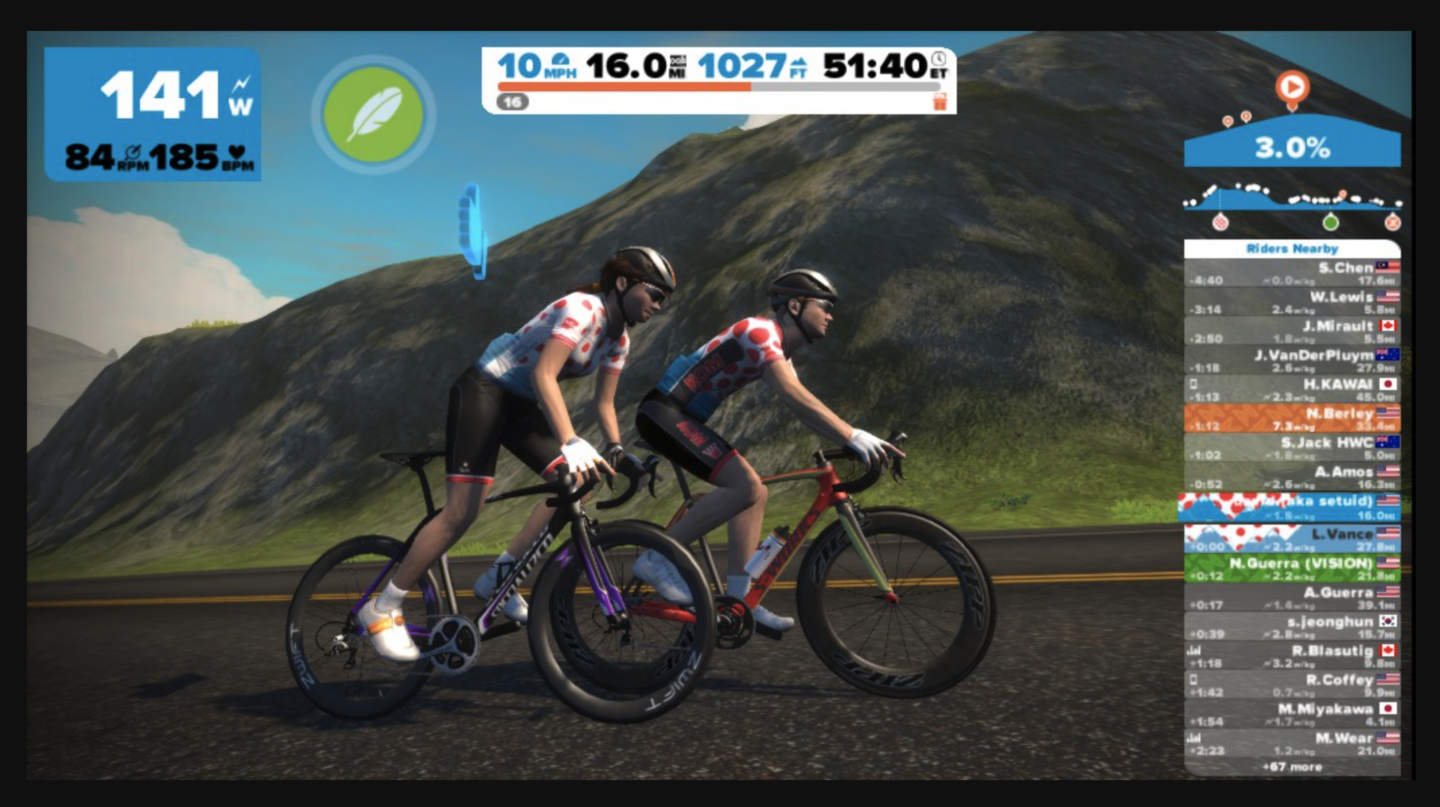
I have athletes who hate formal testing. Suggesting an FTP test in their training week results in excuses and stress, meaning they are less likely to engage. In my experience, many athletes appraise formal testing like exams at school, but they find racing fun. Therefore, I may prescribe a warm-up followed by a time trial on Zwift’s Bologna course. This is a relatively short course with an initial flat section and then a hard hill climb. It takes discipline to ride well and I’ve found the average power is a good enough proxy for FTP. I can get the data I need from a race-like effort without ever prescribing an FTP test. The same objective can be accomplished with an outdoor ride. I could ask the athlete to target a Strava segment for a benchmark session, again using an environment to create a race simulation. The athlete doesn’t always need to know that they are being tested. I might just change their FTP based on a particular session without making a big deal about it.
Engage the psychology of the athlete
This is where coaches need to get creative to address the nuances of the athlete-coach relationship. With an athlete who is very focused on the numbers, I will need to communicate differently so we can achieve what we both want and need. Maybe the athlete wants to hit the numbers and feel good after every session. That will be key to keeping the athlete engaged, so how can we do that while preventing the athlete from over-cooking themself? Adopt a biopsychosocial approach and you’re well on the way there.
When I find myself working with an athlete who can’t stick to low intensity, I take a different approach to prescribing these sessions. For example, I may prescribe some fartlek efforts mid-session and end with 5–10 minutes of race-pace work. While this may not be physiologically optimal, it may allow the athlete to achieve the appropriate load and end the session feeling they have worked very hard. The short bouts of intensity are all about presenting the illusion of tough work, without the resultant fatigue of working too hard, too often.
I have been known to accuse athletes who present a persona of being tough because they train hard of actually being psychologically weak because they lack the ability to maintain discipline to train slow. In his book, Out of Thin Air: Running Wisdom and Magic from Above the Clouds in Ethiopia, Michael Crawley describes sessions where athletes use GPS data to see who can run the slowest. It’s easier to accomplish goals with help from others. This is the social element.
Train enjoyment by mixing up how athletes train
Where I’m from in the U.K., local professional soccer teams used to go to a special beach during pre-season training. I discussed this with a top-level soccer manager who scoffed at the idea and suggested today’s current training methods were far more advanced. However, I started to discuss what they did using a myriad of scientific-sounding training terms: proprioception, muscle hypertrophy, constraints-led approach to skill-acquisition, cryotherapy, etc., demonstrating that it wasn’t so “old hat.” Racing up and down the sand dunes could be discussed in terms of strength endurance and the coaches could benchmark the players against each other. And why not then roll down the dune like a five-year-old? Training doesn’t always have to be a serious endeavor.
Let’s take a closer look at the claim that playing soccer on the beach presents challenges that can result in positive training adaptations. The ball moves very differently on sand, so not only will the athletes need to be more agile in how they move, they will be mentally engaged in anticipating how the ball will move. It’s also quite hard to run in sand. Playing barefoot requires all the intricate parts of the foot to engage and the athlete must use more care when kicking the ball. While there are always risks, this type of session can give players greater mental “bandwidth” and make them more resilient to injury.
After the session, there is no need to invest in an expensive cryotherapy bath. The sea in Scotland, even in summertime, does the job and it is more fun. The beach is on a coastline that boasts some of the finest golf courses in the world, including Muirfield, so there’s plenty of opportunities for social interaction and a nice lunch afterward. In terms of training adaptation this one session has delivered proprioception, supramaximal efforts, and intrinsic motivation. It’s quite likely that there will also be a positive effect on the chemistry and camaraderie of the team. One simple game of soccer on the beach has ticked many of the boxes of the biopsychosocial approach.
This takes us back to why we did sport as kids. It was usually great fun, as long as the adults didn’t interfere too much. The sheer joy of running around should not be usurped by our need to measure and control outcomes. This need often sucks the love out of sport in high-performance environments. An obsession with data and pressure to perform every day can make every session feel like a school exam.
When athletes lose the love of what they do, motivation decreases and drop-out rates escalate. Maintaining a psychosocial perspective makes it easier to help athletes engage in the fun of sport. Having worked in numerous high-performance environments, I often noticed that fun and laughter were missing components. In fact, such behavior is sometimes frowned upon and appraised as “not taking training seriously enough.”
Nonsense. When you are racing your mates, you don’t typically feel the pain the same way. At the end of the session, if people are smiling and having a laugh, particularly after a very physically demanding effort, this signals success. Cultivating performance in this way is complex and nuanced, but it’s more sustainable and rewarding for your athletes.

